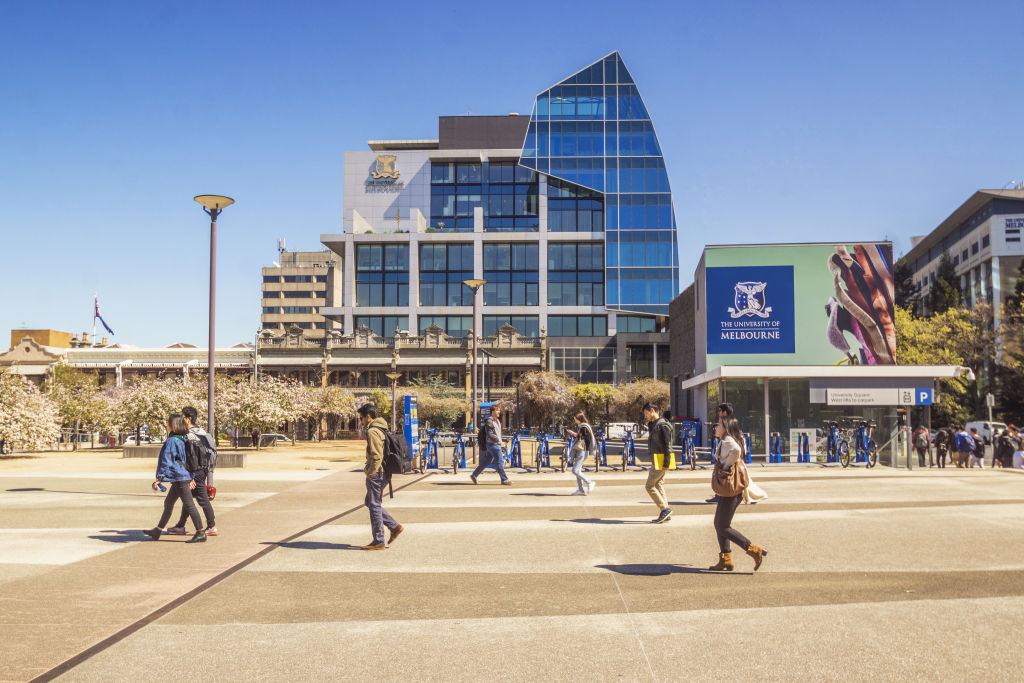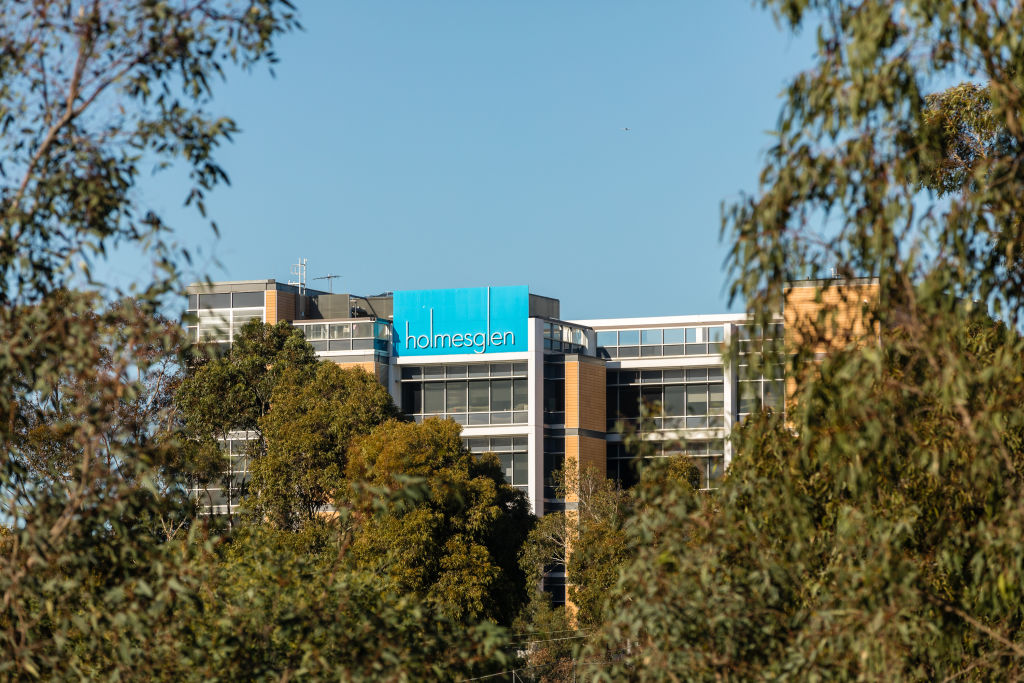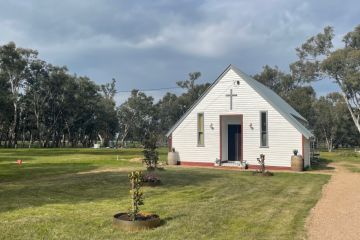Education: There's more to a career than a good ATAR

Parents with kids in their last year of school will know that the VCE and ATAR are hot topics of conversation. But, the future of work is changing, and ways to succeed are changing along with it.
From technological advances to artificial intelligence, work trends are an important consideration when choosing a career path after high school.
“That world of work is just changing so rapidly,” says Toorak College student futures specialist Coco Callanan.
“To thrive, we are preparing our students to embrace lifelong learning and their tolerance for ambiguity.”
Exposure to a wide variety of industries and job opportunities during school helps students explore their career options, Callanan says.

At Toorak College, students learn about a range of career opportunities through its partnerships with the corporate sector, so they can gain insights into the world of work in ways that wouldn’t normally be available until university or even later.
For example, its exclusive cadetship programs with its corporate partners for graduating year 12 students enables them to commence paid employment before starting university.
While the ATAR continues to play an important role in tertiary education, it’s not the sole indicator of student potential or ability, Callanan says.
The higher education landscape has an increasing emphasis on embracing diversity and skill sets, as well as a student’s drive to excel in their field of interest.
“It really means there are numerous pathways,” she adds.
For example, university early entry schemes select students not just on ATAR but things such as extracurricular activity, leadership qualities and school recommendations.
“We’re definitely finding this approach is empowering our students to showcase their diverse talent and potential,” Callanan notes.
Universities are also realising that sometimes students with high scores are not always the best candidates, says Shelford Girls’ Grammar careers and future pathways co-ordinator Cath Freney.
In response, they have opened alternative pathways such as early entry programs, to allow students to demonstrate what else they can offer.
Students who complete a school-based VCE (unscored), can often also do a certificate or diploma that may lead to a bachelor’s degree.
Some universities even suggest these students outperform others who’ve taken the more conventional route, Freney adds.

Deputy principal (staff, teaching and learning) Karen Whelan adds: “It really allows them to shine and do what they do best without the pressure of the marks and grades.”
Students are also increasingly choosing VET (Vocational Education and Training) subjects, which, in some cases, can also count towards the ATAR.
This means they may achieve certification before they finish school, potentially helping them forge an alternative route to university. It can also enable them to work part-time in their chosen field while finishing their study.
“There’s no longer one conveyor belt pathway to tertiary education,” Whelan says.
“Some of our most capable students are now able to make informed choices, based on the numerous pathways offered to them.”
Wesley College St Kilda Road head of campus Kim Bence says employers are increasingly seeking graduates who can learn new skills throughout their careers and help solve complex problems.
With this in mind, Wesley staff curate programming inviting students to engage with the changes happening around them, and explore issues of interest through the inquiry-based learning of the International Baccalaureate framework.
This helps better prepare students for university life and the future of work, as they can apply their learning across subject areas, fostering creativity and innovation.
“You need only look at our alumni to see that we have been preparing students for changing futures,” Bence says.
“Learning to identify issues, collaborate with peers and colleagues, conduct research and analysis, find recommended solutions and confidently communicate all of this are all skills needed within the workforce. [These] are vital in preparing students to transition to post-secondary education and into workplaces of the future.”
We recommend
We thought you might like
States
Capital Cities
Capital Cities - Rentals
Popular Areas
Allhomes
More







